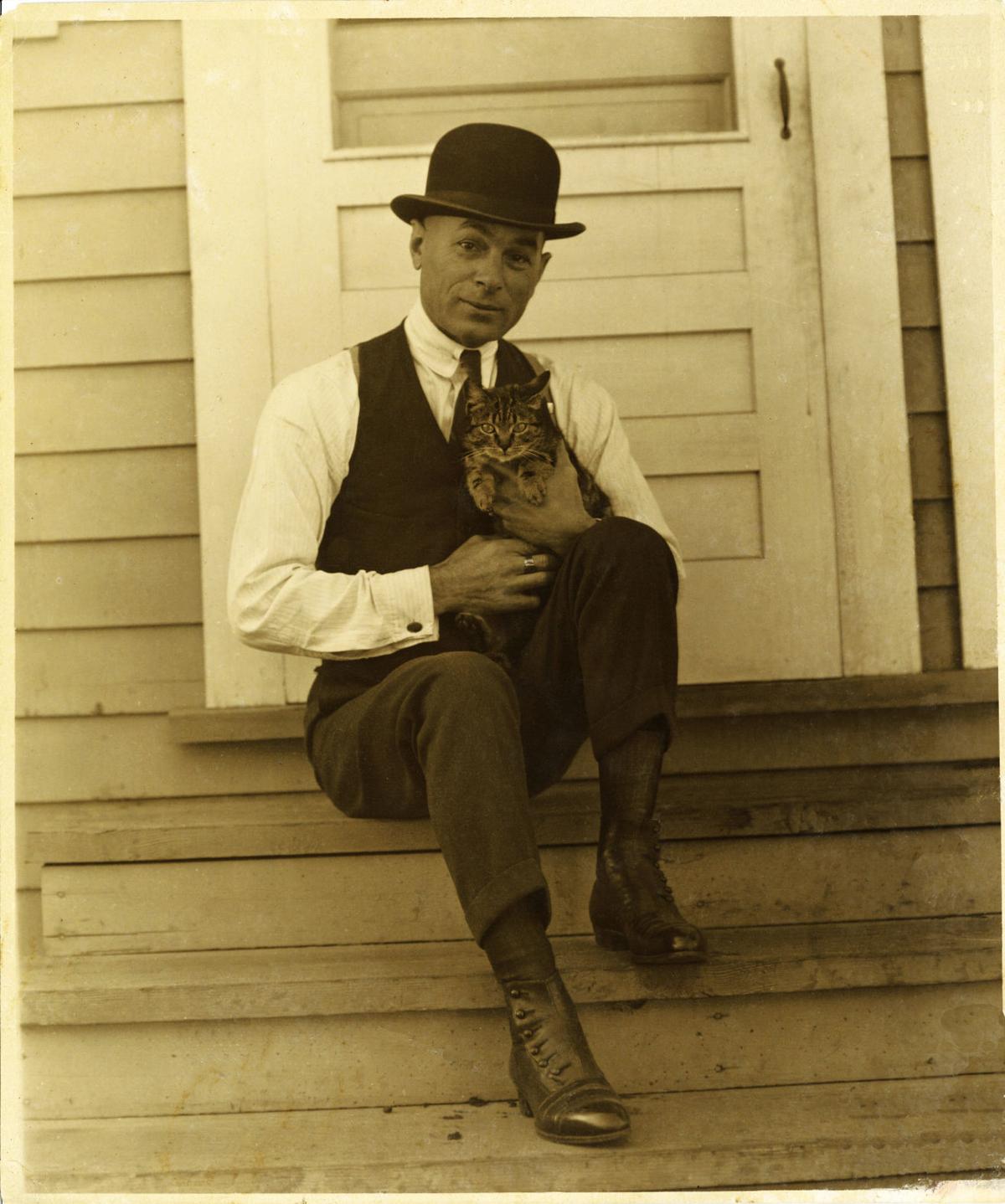The complex issue of indigenous heritagePosted in Articles, Canada, History, Media Archive, Native Americans/First Nation, Passing, United States on 2017-01-10 19:09Z by Steven |
The complex issue of indigenous heritage
The Toronto Star
2017-01-10
Don Smith, Professor Emeritus of History
University of Calgary
 Archie Belaney, famously known as Grey Owl until his dealth in 1938, is an example of the complex issue of indigenous identifcation. (TORONTO STAR ARCHIVES) |
Acclaimed novelist Joseph Boyden faces controversy surrounding his heritage but there is a long history in North American of blurred lines.
The question of the indigenous identity of prize-winning novelist Joseph Boyden had raised great media attention. It is a complex issue.
Joseph-Louis Gill (1719-1798), one of the famous 18th century chiefs of the Abenaki First Nations, resident at Odanak, just west of Montreal, was “white.” But only in a biological sense, as both his parents had been captives adopted into Indian families and raised in Indian fashion.
Among the Red River Métis in the 19th century, the Métis patriot, André Nault (1830-1924), was born of French Canadian parents who had become fully integrated into the Red River Métis community in what is now southern Manitoba. The buffalo hunter and captain of the Métis stood by his first cousin Louis Riel in the Red River Resistance of 1869-70, serving in his provisional government. Three of Nault’s sons took part in the events of 1885 in Saskatchewan.
In Joseph Boyden’s case no evidence, to my knowledge, has emerged that he was raised in an indigenous community. He was not a Joseph-Louis Gill or André Nault. Instead, his Aboriginal connection relates to his distant indigenous ancestry on both his mother’s and father’s side. This enters into another realm entirely.
I have studied the life of Archie Belaney (1888-1938), the Canadian writer who presented himself as indigenous, as Grey Owl, the son of a Scot and an Apache woman. He died on April 13, 1938. The day after his death the Globe and Mail termed him, “the most famous of Canadian Indians.” Then, within just one week the story broke. It was revealed that he was actually born and raised in Hastings, England. His “racial” origins were a total fantasy…
Read the entire article here.




